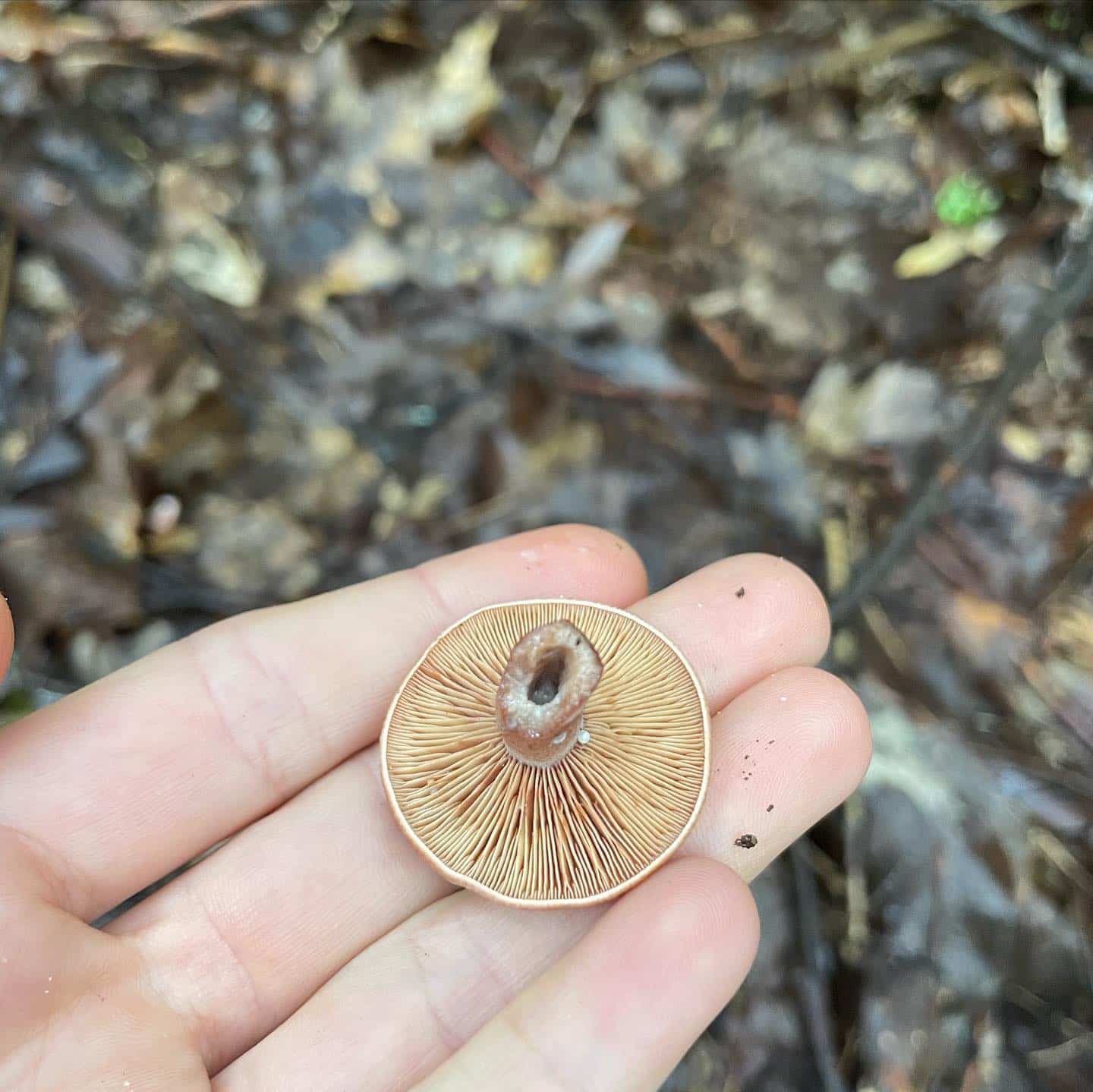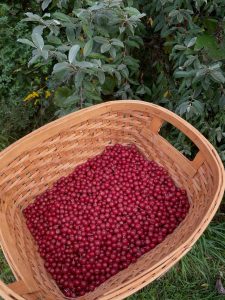Page Created by Connecticut Foraging Club
Upcoming Events | Meet the Instructors | Plant Archive | Mushroom Archive
----------------
Upcoming Events | Meet the Instructors | Plant Archive | Mushroom Archive
----------------
Eastern candy caps (Lactarius camphoratus) are edible milkcaps found in Europe and Eastern North America. The species found in Eastern North America may or may not be the same species as the one found in Europe, but they are currently both classified as Lactarius camphoratus.
There are multiple species of mushrooms referred to by the common name “Candy cap”. Candy caps have an aromatic scent reminiscent of maple syrup or curry. The scent becomes stronger upon drying the mushroom.

The Eastern candy cap, also known as the Curry milkcap, has a small reddish-brown cap with a sharp central point. The mushroom produces white latex. The latex is either slightly sweet or flavorless. The mushroom has a hollow stem and brittle flesh. Spore print is cream to pale yellow.

Eastern candy caps can be found growing alone, scattered, or gregariously from June to November. They have mycorrhizal relationships with both conifers and hardwoods. Candy caps prefer acidic, well-drained soil. They often grow in moss.

Candy caps are edible, but slightly bitter so are primarily used as a flavoring. There are some sources that state that Lactarius camphoratus is mildly toxic in large quantities.
Candy caps should be dried. They can then be powdered for use in flavoring cream for crème brûlée or ice cream. The powder has been used in cookies, beer, and for making simple syrups. Dried candy cap mushrooms are prized by chefs who enjoy cooking with the unique flavor.
Candy caps are high in folate, riboflavin, and thiamine. They also possess antiviral and anti-tumor properties.

Candy caps have two toxic look-a-likes. Lactarius xanthogalactus is a toxic milk cap that has a peppery flavor and yellow latex.
Deadly galerinas (Galerina marginata) are deadly mushrooms that do not exude a white latex. Deadly galerinas have more flexible stems and a brown spore print.
--
Written by Amy Demers, founder of the Connecticut Foraging Club. To learn more about foraging in Connecticut, check out our upcoming classes.






